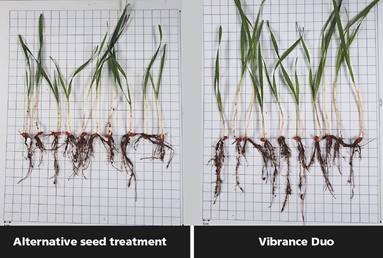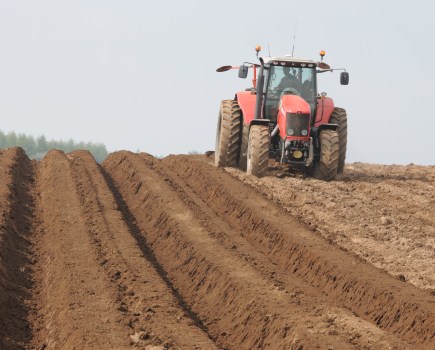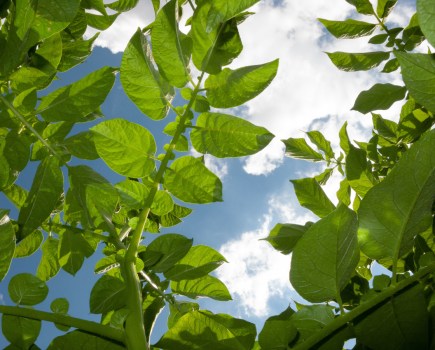
Increasing access to soil resources by improving root health offers a largely untapped opportunity to boost flagging cereal crop potential, says Syngenta.
Accordingly, this will be one of several themes from the company at this year’s Cereals Event (13 and 14 June 2018, Chrishall Grange, Duxford, Cambridgeshire, stand number 619).
“Healthier roots are essential to enable crops to fully utilise what the soil has to offer,” says Syngenta seedcare campaign manager, Mark Bullen.
“As well as providing a larger surface area for absorbing water and nutrients, deeper roots can aid plant vigour and drought tolerance and, ultimately, support higher outputs.
“It’s been suggested that a decline in root density is behind the current plateauing of wheat yields.”
Since last autumn, Syngenta has been collating root growth results from farms around the country where its new SDHI-based fungicide seed treatment, Vibrance Duo (fludioxinil+ sedaxane) has been used.
Launched in the UK from last autumn, for use on seed of winter wheat, winter triticale, winter rye and spring oats, Vibrance Duo is first and foremost for control of establishment diseases such as seed-borne fusarium, says Mark, but it has also shown clear root-enhancing effects.
“Latest on-farm results have been fantastic. Root mass has been increased to as much as double that seen with a standard triazole fungicide seed treatment.
“This reinforces previous trials findings, where Vibrance Duo has repeatedly produced an increase in root length compared with other seed treatment technology, as well as subsequent increases in yield.
“It has also produced higher plant counts and better tillering, as well as faster crop establishment, especially when drilled in challenging conditions.
“We’re now at a stage where good crop establishment is about more than simply improving above-ground emergence. It’s also about setting up the crop to put down healthy root structures to get the most out of the soil.
“With practices such as delayed winter wheat drilling to help reduce blackgrass populations now commonplace, finding new ways to help these later-drilled crops establish in colder soils has gained added significance,” Mark concludes.




